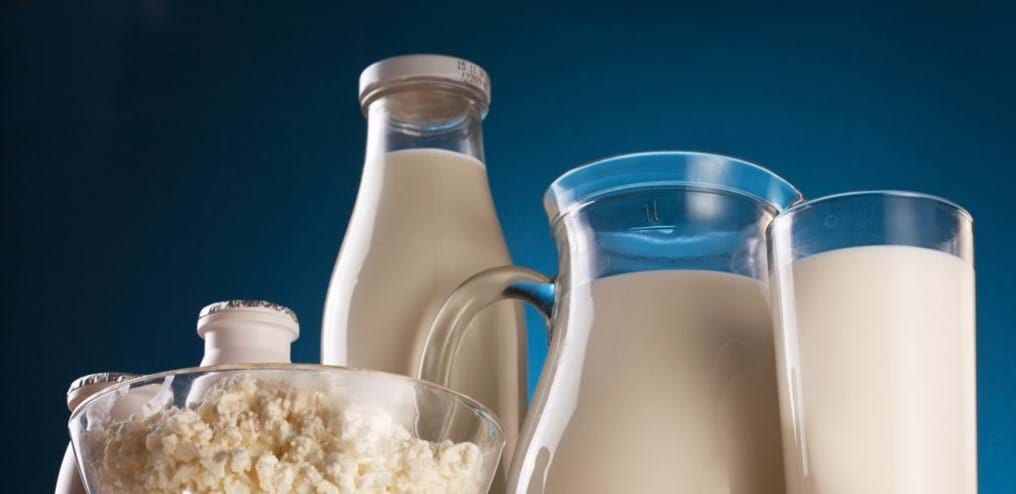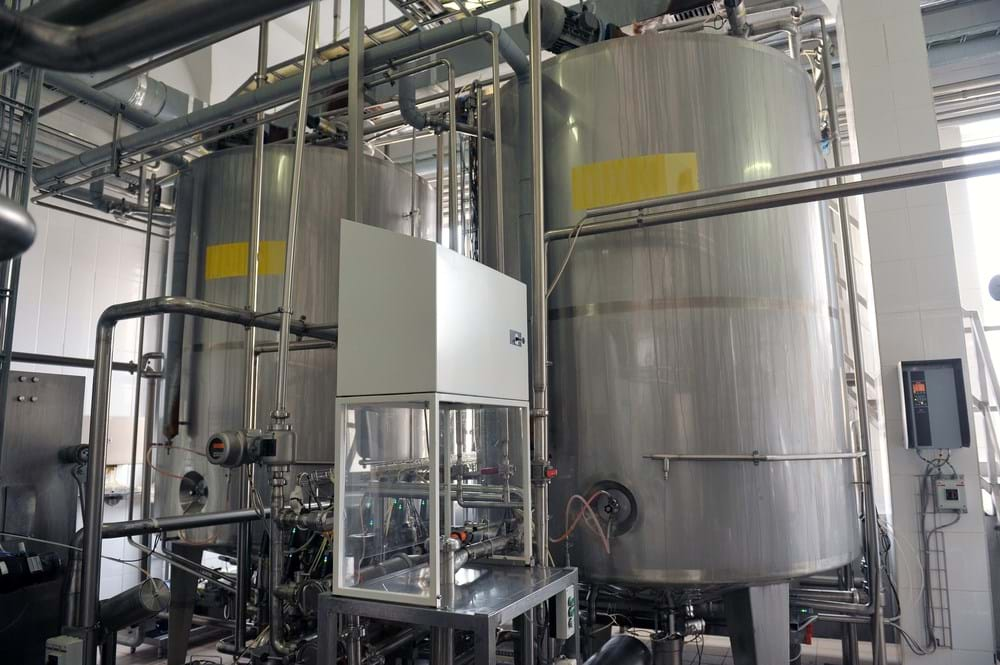Day 319: The sweet stuff in the white stuff

11th April 2015
Author: Geoff Maitland, IChemE President 2014–2015.
Lactose is a major export good. In 2012 the US exported 170,000 tonnes, the EU 142,000 tonnes and New Zealand 20,000 tonnes of lactose - making the lactose a billion dollar industry.
The world’s largest dairy product exporter, Fonterra, has worked in partnership with Aurecon to develop an innovative evaporation system – CrystalLac for which a patent is pending.
Lactose is used widely across the food and pharmaceutical industries; often as a carrier or stabiliser. It is also being investigated for use as a feedstock in the manufacture of other compounds. Examples include lactulose, lactic acid and lactitol, which is used as a low calorie sweetener.
The isolation and purification of lactose involves multiple steps including evaporation, crystallisation, washing, filtration, drying, milling and sifting.
Due to the rising cost of energy, growing global demand - particularly in Asia, increased global competition and tighter environmental regulation; there is significant pressure to increase process efficiency and reduce waste.
The CrystaLac system takes a new approach to the crystallisation process. Rather than the traditional approach of batch cooling, the new system involves initiation of crystallisation during the evaporation process.
CrystalLac focuses on a stage of the process where there is still a high solid content – which includes lactose. It has a novel crystallising evaporator which results in a higher lactose yield (from 64 per cent to over 80 per cent). The higher yield and process also generates less waste material.
The partially crystallised lactose concentrate then goes into a crystalliser where the crystals are separated and dried.

Previous lactose evaporators had a typical run-time of 18 hours, and three hours per day was plant downtime, spent cleaning.
The new CrystalLac systems require significantly less cleaning, and can now run for two weeks in between cleaning-in-place (CIP) operations. This benefits production, makes cost savings and reduces environmental impact of waste generated through cleaning.
A prototype plant was built by engineers from Aurecon in 2008 at Fonterra’s Hautapu dairy factory in Cambridge, NZ. This was followed a larger capacity unit in 2012 at the company's Clandeboye plant.
The success of this technology has been recognised through innovation awards, including winning the food and drink category at IChemE’s 2013 Global Awards. It has now been proven on a large scale and in fact it is so successfully that it is being rolled out around the world.
This is a fantastic example of how chemical engineering matters in improving processes for products many of us consume.
But perhaps more importantly, it is evidence of the importance of collaboration and the time taken to fully realise projects from design to commissioning.
ChemEng365 blog
Geoff Maitland launched this blog during his IChemE presidency in 2014. ChemEng365 features 365 chemical engineering successes and achievements throughout his year-long presidency.